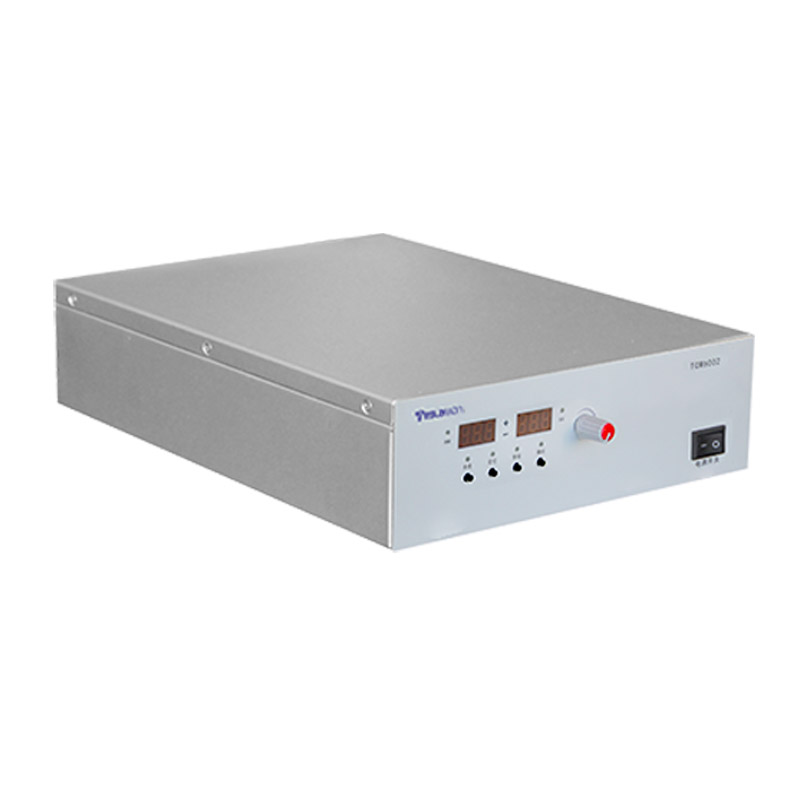New Methods for Frequency Tracking and Synchronization Control in High-Frequency High-Voltage AC Power Supplies
High-frequency high-voltage AC power supplies are widely used in dielectric heating, plasma excitation, insulation testing, and ultrasonic driving systems. These applications demand precise frequency control and synchronization to ensure stable power transfer and optimal efficiency. However, variations in load impedance, parasitic capacitance, and temperature drift can cause resonance frequency deviation, resulting in reduced energy transfer efficiency or even system instability. Advanced frequency tracking and synchronization control methods have thus become essential for maintaining system performance under dynamic operating conditions.
A key challenge in high-frequency systems is maintaining resonance between the power supply and the load. Traditional fixed-frequency driving methods cannot adapt to the rapid impedance changes that occur during operation. To overcome this limitation, phase-based frequency tracking techniques such as phase-locked loop (PLL) and digital phase synchronization have been developed. These systems continuously monitor the phase difference between the output voltage and current; when a deviation from zero phase occurs, the controller dynamically adjusts the driving frequency to reestablish resonance.
Modern designs often employ digital PLL (DPLL) or adaptive phase control implemented in DSPs or FPGAs. DPLL systems sample the waveform digitally and use a proportional-integral (PI) or fuzzy logic controller to minimize the phase error. This approach provides fast response, high noise immunity, and stable convergence. To further suppress harmonic interference caused by nonlinear loads, adaptive Kalman filters or weighted moving average filters are applied to improve phase detection accuracy.
In multi-module or multi-channel systems, distributed synchronization control becomes crucial. Each high-frequency module must maintain coherent operation to avoid waveform distortion or destructive interference. This is typically achieved using synchronized PLLs (SPLL) and reference clock broadcasting. The master module provides a global timing signal, while subordinate modules align their oscillators to the reference, ensuring phase coherence across the system. Such techniques are essential in plasma systems and high-voltage testing setups, where even minor phase drift can cause arc instability or efficiency degradation.
From a hardware standpoint, high-speed ADCs and optical isolation circuits are essential for accurate signal acquisition in high-voltage environments. Fiber-based feedback lines prevent ground potential interference, and FPGA-based real-time controllers allow microsecond-level frequency response. Advanced model predictive control (MPC) approaches are increasingly used for frequency optimization, predicting the optimal switching frequency for the next control cycle and minimizing dynamic loss. This predictive strategy enhances both system robustness and dynamic efficiency.
Through these integrated digital and synchronization methods, modern high-frequency high-voltage AC power supplies achieve fast frequency tracking, stable operation under varying loads, and highly efficient power conversion.




















